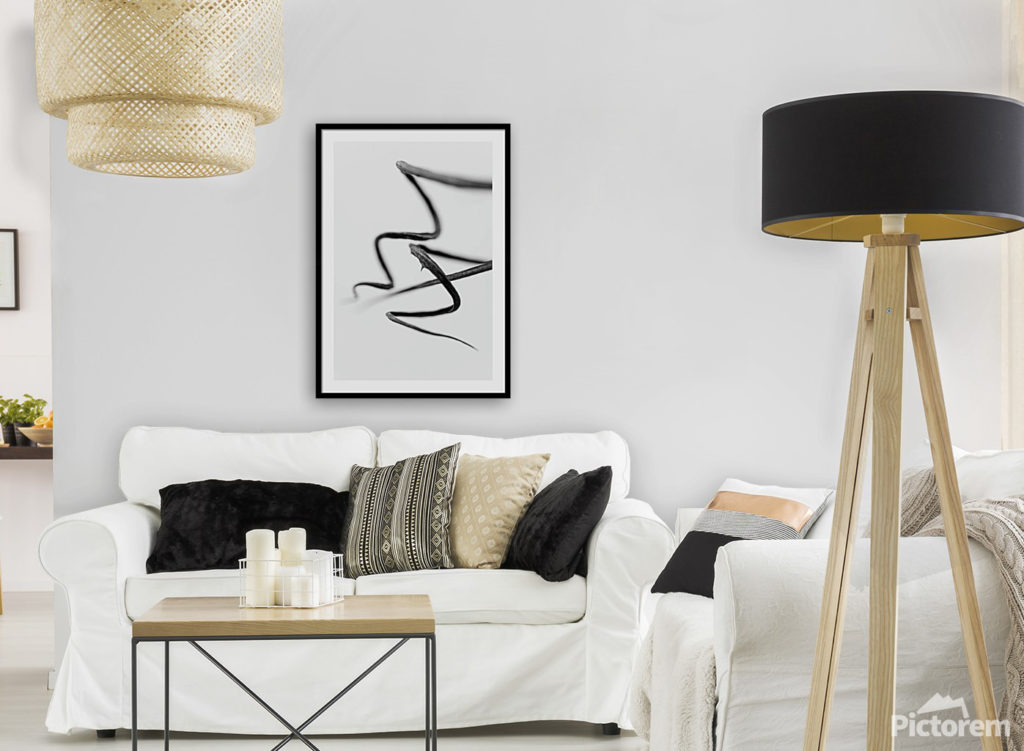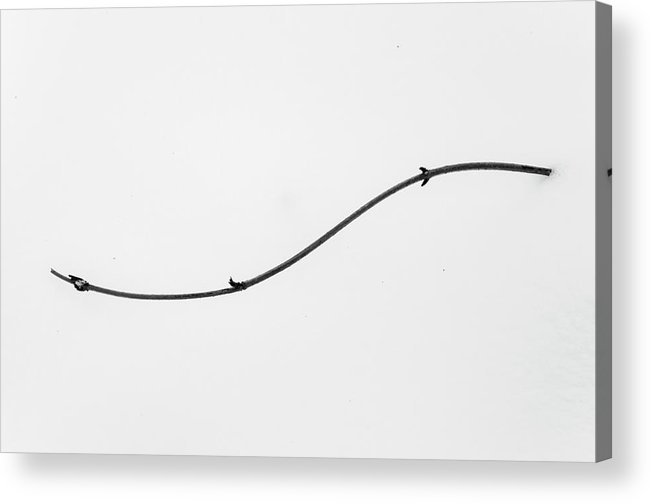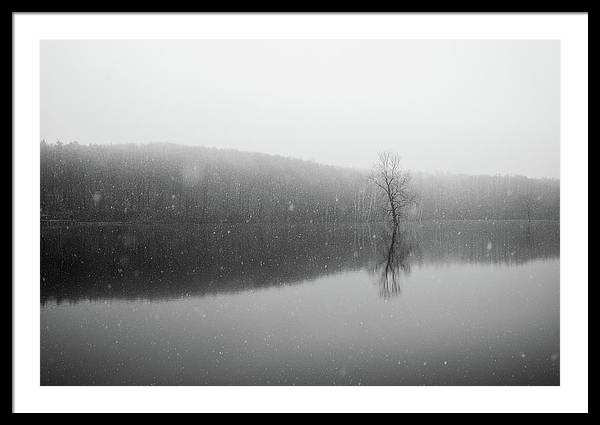Minimalism
Minimalist Photography for Sale
Welcome to a collection of photographs where less is more. Each image you see embodies the essence of minimalist photography, a deliberate dance between simplicity and emotion. Inspired by the world around me, I, a photographer based in the beautiful city of Prague, capture the magic of everyday moments, distilling them into clean, uncluttered compositions that resonate with quiet depth.
Through my partnership with FineArtAmerica, one of the largest online art dealers in the world, you can buy my photographs from anywhere in the world. For collectors and gallery owners, I also offer limited editions of my photographs, which are hand-signed and come with a certificate of authenticity.
Minimalism
Showing 1–60 of 82 results
What is Minimalist Photography?
Minimalist photography is a kind of photography that is characterized by austere simplicity. The aim is to focus on the smallest number of objects in the composition process and the basic quote of minimalism is “less is more”.
It is based on an art movement called minimalism, which originated in the 1950s in the United States.
This style emphasises simplicity in the compositional elements of an image, such as colours, objects, shapes, lines or textures. For example, black and white images work well in a minimalist style because colour minimises distraction. The use of negative space is also an important technique. The effects of minimalism are still used today in various fields such as photography, design, sculpture and architecture.
In minimalist fine art photography, the subject is usually isolated against a simple, neutral background, creating a sense of calm and serenity. This style of photography also often uses shadows, lines and geometric shapes to create a sense of balance and symmetry.
One of the key features of minimalist fine art photography is its ability to capture the essence of a subject with just a few visual elements. This approach allows the viewer to focus on the subject and reflect on its meaning without being distracted by unnecessary details.
In addition to aesthetic appeal, minimalist art photography can also evoke emotion and convey a message. By reducing an image to its basic elements, a photographer can create a powerful and thought-provoking image.

The photographs are available in 6 different print styles:
- My art prints are printed on high-quality paper and are perfect for adding elegance to any room. The minimalist style of the photos is perfect for creating a calm and balanced atmosphere.
- Minimalist Canvas Prints are printed on high-quality canvas and stretched on a wooden frame. These prints are ideal for adding texture and depth to photos.
- Minimalist photos printed on thin aluminium sheets create a sleek and modern look. Metal prints are ideal for adding a contemporary touch to your interior.
- Minimalist Acrylic Prints are printed on clear acrylic, creating a stunning and vibrant look. Acrylic prints are ideal for bringing out the colours in a photograph.
- Minimalist photo prints printed on wood boards are beautiful because the unique texture of the wood is slightly visible in the photo, creating a rustic and natural look.
- Minimalist framed photo prints come in a variety of frame styles and colours, so you can choose the perfect frame to complement your décor.

A few examples of great minimalist photographers
Here are a few examples of great minimalist photographers, each with their unique approach and style:
Classic Minimalism:
Saul Leiter: Renowned for his painterly use of colour and light in street photography, often showcasing solitude and isolation.
Josef Sudek: Known for his stark and haunting black and white images of Prague, emphasizing shadows and textures.
Hiroshi Sugimoto: Explores emptiness and stillness with his long-exposure photographs of seascapes and architectural interiors.
Modern Minimalism:
Alec Soth: Captures moments of quiet beauty and human connection in everyday landscapes and portraits.
Chema Madoz: Utilizes surrealist elements in his still life photography, often featuring everyday objects transformed into thought-provoking compositions.
Niche Minimalism:
Michael Kenna: Specializes in black and white landscapes, emphasizing long exposure times and minimal details for an ethereal feel.
Tekla Evelina Severin: Known for her vibrant and colourful minimalist compositions, playing with geometric shapes and bold colours.
Paloma Parrot: Captures the essence of minimalist living through photographs of clean interiors and uncluttered spaces.
Remember, this is just a small selection, and many other talented minimalist photographers are out there to explore. Consider researching these artists further and discovering others who resonate with your photographic taste and interests.
It’s also important to note that the “best” minimalist photography is subjective and depends on individual preferences. What resonates with one viewer might not resonate with another. The key is to explore different styles and find photographers whose work inspires you!

Minimalist Techniques and Tips
Interested in how minimalist photography is created? Or do you want to try it yourself? I’ve prepared for you the basic rules that characterize many minimalist photographs.
- Simplicity is Key:
- Clear the Clutter: Remove any distracting elements from your frame. Focus on a single subject or a few essential elements.
- Less is More: Aim for simplicity in composition. Sometimes, a single well-placed object can convey more than a cluttered scene.
- Negative Space:
- Embrace Empty Areas: Negative space (the empty areas around your subject) is powerful in minimalist photography.
- Balance: Use negative space to balance your composition. It provides breathing room and draws attention to your subject.
- Color Palette:
- Limited Colors: Choose a limited color palette. Monochromatic or analogous colour schemes work well.
- Contrast: Create contrast between your subject and the background. For instance, a red apple against a white wall.
- Lines and Shapes:
- Clean Lines: Look for straight lines (horizons, architecture) or gentle curves (roads, rivers).
- Geometric Shapes: Capture squares, circles, or triangles. These shapes add visual interest.
- High Contrast:
- Light and Dark: Seek scenes with strong contrast. A bright subject against a dark background or vice versa.
- Silhouettes: Silhouettes are excellent examples of high contrast.
- Isolation:
- Single Subject: Isolate a single subject. Make it stand out against a simple backdrop.
- Macro Minimalism: Zoom in on small details (e.g., dewdrops on a leaf).
- Symmetry and Balance:
- Perfect Symmetry: Center your subject or use symmetrical elements.
- Asymmetry: Achieve balance through asymmetry. Place your subject off-centre.
- Minimalist Editing:
- Crop Tightly: Crop your image to remove unnecessary elements.
- Reduce Clutter: Use tools like the healing brush to remove distractions.
- Tonal Adjustments: Adjust brightness, contrast, and exposure subtly.
- Composition Rules:
- Rule of Thirds: Divide your frame into thirds and place your subject along these lines.
- Golden Ratio: Similar to the rule of thirds but with a different grid.
- Patience and Observation:
- Wait for the Right Moment: Observe your surroundings. Wait for the perfect alignment of elements.
- Minimalist Mindset: Train your eye to see minimalism in everyday scenes.



























































